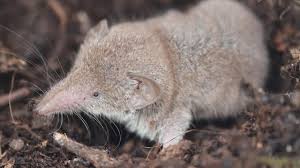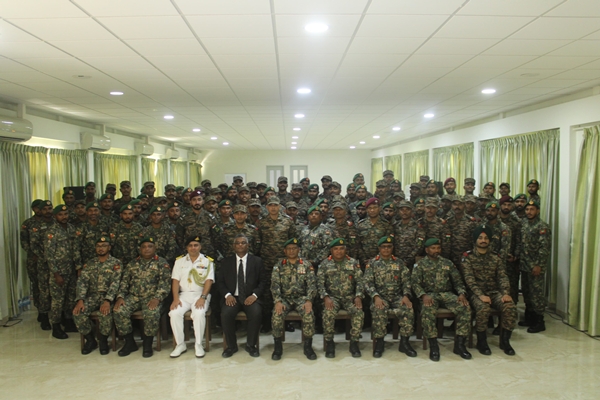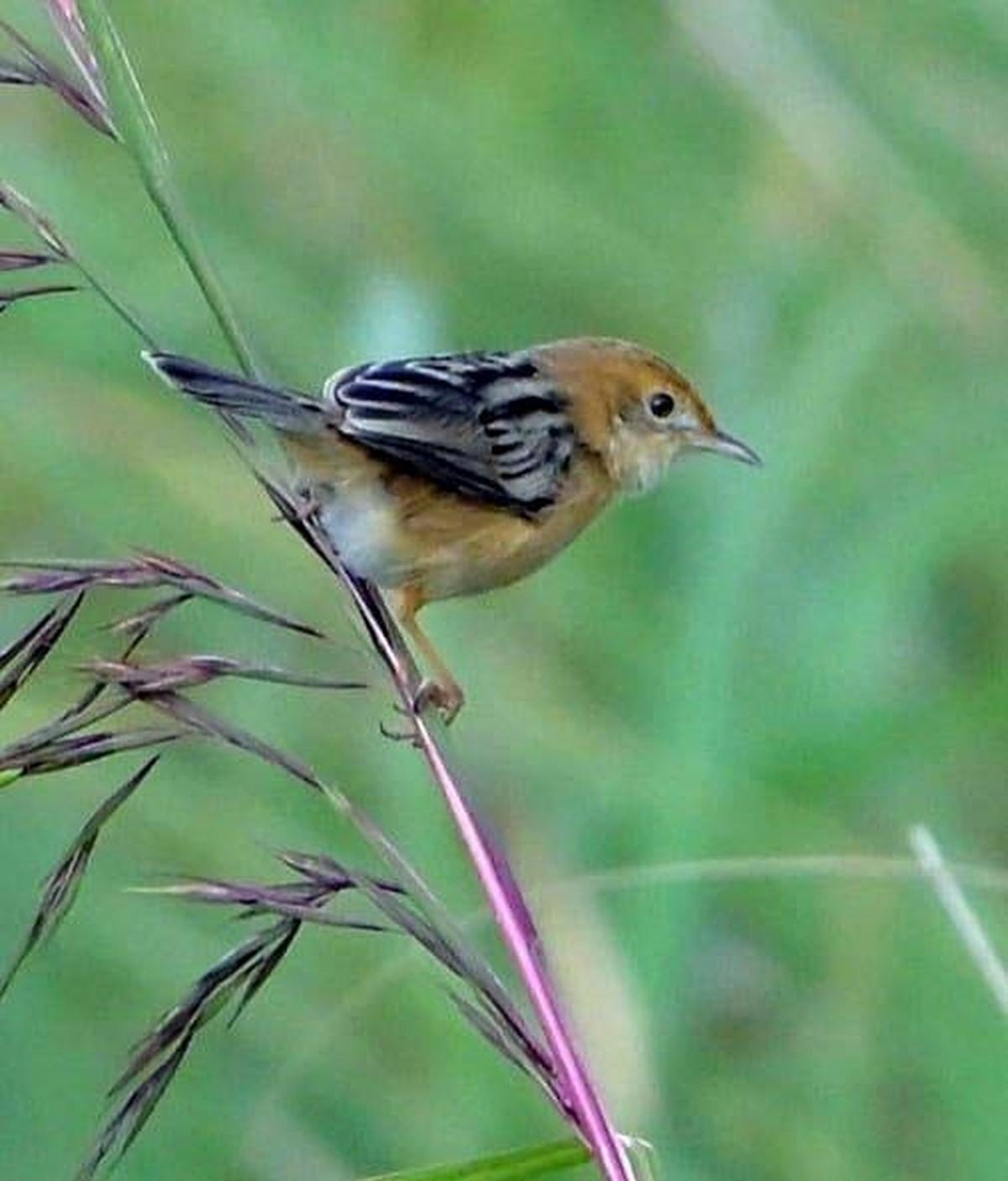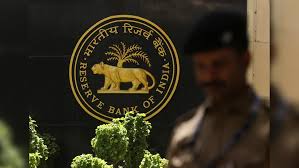Henipavirus

- 05 Feb 2025
In News:
A henipavirus, specifically the Camp Hill virus, has been detected in North America for the first time. This discovery in northern short-tailed shrews—a small mammal species found commonly in Canada and the U.S.—raises concerns over a potential zoonotic disease outbreak.
About Henipavirus
- Virus Type: Henipaviruses are zoonotic, negative-sense RNA viruses.
- Family: Paramyxoviridae.
- Natural Hosts: Pteropid fruit bats (commonly known as flying foxes).
- Other Hosts: Capable of infecting various mammals, including humans, horses, pigs, and shrews.
Notable Henipaviruses:
- Hendra virus (HeV):
- First identified in Australia.
- Mortality rate: Up to 70%.
- Nipah virus (NiV):
- Found in Southeast Asia, including Malaysia and Bangladesh.
- Case fatality rate ranges from 40% to 75%, depending on surveillance and clinical care.
Symptoms and Disease Progression
- Initial symptoms: Fever, dizziness, headache, and muscle pain (myalgias).
- Advanced symptoms: Respiratory issues, encephalitis (brain inflammation), confusion, abnormal reflexes, seizures, and coma.
- Relapsing encephalitis may occur months or years after apparent recovery.
- Fatality Risk: High, primarily due to encephalitis and multi-organ failure caused by damage to small blood vessels (microinfarction) in organs like the brain, liver, and kidney.
Why are Henipaviruses so dangerous?
- Henipaviruses produce proteins that:
- Suppress the innate immune system.
- Block interferon-stimulated antiviral responses, aiding viral replication.
- Act as virulence factors, allowing widespread infection and severe outcomes.
Modes of Transmission
- Animal-to-human:
- Direct contact with infected animals (e.g., fruit bats, pigs, horses, shrews).
- Consumption of contaminated food or water (e.g., raw date palm sap in Nipah outbreaks).
- Human-to-human: Via bodily fluids, close contact, or respiratory droplets during caregiving.
Treatment and Prevention
- Treatment:
- No specific vaccine or antiviral currently exists.
- Management is symptomatic and supportive (respiratory support, ICU care).
- Prevention:
- Vaccination of horses (in HeV-risk regions like Australia).
- Avoiding contact with fruit bats and sick animals.
- Isolating infected individuals and animals to prevent spread.
India-Maldives Joint Military Exercise ‘Ekuverin’

- 05 Feb 2025
In News:
The 13th edition of Exercise Ekuverin, a bilateral joint military exercise between the Indian Army and the Maldives National Defence Force (MNDF), commenced in the Maldives on February 4, 2025. The exercise continues to reinforce defence and strategic ties between the two nations.
About Exercise Ekuverin
- Name Meaning: “Ekuverin” means ‘Friends’ in Dhivehi, the official language of the Maldives—symbolizing the deep and friendly defence partnership between India and the Maldives.
- First Conducted: The exercise was initiated in 2009 as part of annual bilateral defence cooperation.
- Venue Alternation: It is held alternatively in India and the Maldives every year.
- 2023 Edition: Conducted at Chaubatia, Uttarakhand from June 11 to 24.
- 2025 Edition: Being hosted in the Maldives.
Key Objectives and Features
- Military Interoperability: Enhances coordination and operational synergy between Indian and Maldivian armed forces.
- Counter-Insurgency and Counter-Terrorism (CI/CT): Focuses on joint tactical drills to counter modern asymmetric threats.
- Humanitarian Assistance and Disaster Relief (HADR): Equips forces to respond effectively to natural disasters and humanitarian crises.
- Strengthening IOR Security: Reinforces regional maritime and strategic stability in the Indian Ocean Region (IOR), a key area of India’s strategic interest.
Significance for India-Maldives Relations
- Strategic Partnership: Builds mutual trust and defence preparedness, aligning with India’s “Neighbourhood First” policy.
- Capacity Building: Helps enhance the capability of the MNDF through joint training with a larger and more experienced Indian Army.
- Regional Security Cooperation: Plays a crucial role in maintaining peace, security, and freedom of navigation in the IOR.
India’s Defence Engagement with Southeast Asia
India actively conducts multiple bilateral and multilateral defence exercises with Southeast Asian countries to enhance defence diplomacy and promote a free, open, and secure Indo-Pacific.
Key Defence Exercises with Southeast Asian Nations:
- Garuda Shakti: Special Forces exercise with Indonesia (Nov 2022, Sangga Buana Training Area).
- Mitra Shakti: Annual exercise with Sri Lanka, last held in 2022.
- VINBAX: India-Vietnam bilateral exercise; 3rd edition held in 2022.
- IMBEX: India-Myanmar bilateral exercise (last noted in 2017–18).
- Maitree: Joint annual military exercise with Thailand, conducted since 2006.
- CORPAT: Coordinated Patrols with Indonesia, Thailand, and Malaysia for maritime domain awareness and security.
- AIME 2023: The first ASEAN-India Maritime Exercise, conducted in May 2023, involving navies from India and ASEAN nations (Brunei, Indonesia, Malaysia, Philippines, Singapore, Thailand, Vietnam).
Golden-headed Cisticola

- 05 Feb 2025
In News:
In a remarkable ornithological development, the Golden-headed Cisticola (Cisticola exilis) has been sighted in the Mathikettan Shola National Park, Idukki district, Kerala, marking its first recorded presence in the southern Western Ghats after a significant gap.
The finding underscores the ecological richness of the region and highlights the need for intensified avian research in the Western Ghats.
About Golden-headed Cisticola (Cisticola exilis)
- Also known as the bright-capped cisticola, it is a small warbler belonging to the family Cisticolidae.
- It is an omnivorous bird, feeding primarily on invertebrates such as insects and small slugs, along with grass seeds.
- The species is typically found in grassland habitats within mountain ranges, and has been previously recorded in parts of Karnataka, Tamil Nadu, and northern Kerala, notably in Banasura Hills, Wayanad. However, this is the first confirmed sighting in the southern part of the Palakkad Gap.
Physical features of breeding males include:
- Golden-orange plumage on the head, neck, and chest
- Pinkish beaks
- Black streaks on the back
- A distinctive call that aids identification
Habitat and Distribution
- It is widely distributed across Australia and several Asian countries.
- In India, its presence had been limited to select regions of the Western Ghats, making its recent sighting in Mathikettan Shola both rare and ecologically significant.
Conservation Status
- According to the IUCN Red List, the Golden-headed Cisticola is classified as Least Concern. Despite this, the new finding calls for further research into its habitat preferences and conservation needs within India.
About Mathikettan Shola National Park
Located in the southern part of the Palakkad Gap in the Western Ghats of Kerala, Mathikettan Shola is a vital biodiversity hotspot.
- It comprises evergreen forests, moist deciduous forests, shola grasslands, and semi-evergreen vegetation.
- The park hosts three major streams: Uchillkuthi Puzha, Mathikettan Puzha, and Njandar, which are tributaries of the Panniyar River.
- Its highest point is Kattumala, located at the eastern border adjoining Tamil Nadu.
- The Muthavan tribal community resides near the park’s northeastern boundary, reflecting the intricate human-nature interface in the region.
Scientific and Conservation Importance
The rediscovery has been documented in the journal Malabar Trogon by the Malabar Natural History Society, bringing attention to the importance of long-term monitoring and baseline studies in underexplored ecosystems.
It emphasizes:
- The ecological richness of the Western Ghats, a UNESCO World Heritage site.
- The importance of citizen science, as local birdwatchers played a key role in the finding.
- The need for enhanced habitat protection and ornithological research in grassland ecosystems of high-altitude regions.
RBI Digital Payments Index (DPI)

- 05 Feb 2025
In News:
The Reserve Bank of India’s (RBI) Digital Payments Index (DPI) rose to 465.33 as of September 2024, up from 445.5 in March 2024, indicating a sustained increase in the adoption and penetration of digital payments across India.
About the RBI-DPI
- Launched: January 2021
- Constructed by: Reserve Bank of India
- Purpose: To measure the extent and progress of digitisation of payments in India.
- Base Period: March 2018 (DPI Score = 100)
- Frequency of Publication: Semi-annually (March and September)
Significance of the Index
- Acts as a quantitative tool to monitor India’s progress in achieving a less-cash economy.
- Provides stakeholders, policymakers, and researchers a composite view of digital payment trends.
- Helps identify policy focus areas and gaps in digital infrastructure and adoption.
- Supports the goals of financial inclusion, innovation, and digital public infrastructure.
Recent Trends
- September 2024 DPI Score: 465.33
- March 2024 DPI Score: 445.5
- Implication: Demonstrates continued momentum in digital payment adoption, driven by improved payment infrastructure and payment performance nationwide.
Structure of the RBI-DPI
The index is composed of five broad parameters, each with defined weightages and sub-indicators:
Parameter Weightage Description
1. Payment Enablers 25% Internet/mobile penetration, bank account ownership, Aadhaar usage.
2. Payment Infrastructure – Demand Side 10% Number of debit/credit cards, user demand for digital options.
3. Payment Infrastructure – Supply Side 15% Availability of POS machines, ATMs, bank branches, QR codes.
4. Payment Performance 45% Actual volume and value of digital transactions, currency usage trends.
5. Consumer Centricity 5% Digital payment awareness, fraud prevention, grievance redressal.
Each parameter is further broken down into measurable sub-indicators, offering a comprehensive framework for assessment.
Why RBI-DPI Matters for India
- Digital Transformation: Encourages the shift from cash to digital payments, aligning with the goals of Digital India.
- Policy Impact Assessment: Evaluates the effectiveness of regulatory and policy interventions in the payment ecosystem.
- Infrastructure Development: Reflects the outreach of digital payment infrastructure, aiding targeted investments.
- Financial Inclusion: Helps assess how digital modes are reaching the underserved and unbanked populations.
- Data-Driven Governance: Facilitates evidence-based decision-making in financial sector reforms.
SwaRail SuperApp

- 05 Feb 2025
In News:
The Ministry of Railways has launched a unified mobile application, SwaRail, currently in beta testing as of January 31, 2025.
This initiative aims to streamline access to Indian Railways services and enhance user experience by consolidating various apps into a single digital platform.
Key Highlights
What is SwaRail?
- SwaRail is a SuperApp developed by the Centre for Railway Information Systems (CRIS).
- It serves as a comprehensive, one-stop solution for a wide range of Indian Railways services.
- The app is currently in beta testing and is available on the Google Play Store and Apple App Store.
Objective
- To integrate multiple railway-related services under a unified platform.
- To reduce app clutter and device storage consumption.
- To improve user experience through a seamless and intuitive interface.
Developed By: Centre for Railway Information Systems (CRIS)
- CRIS is an organization under the Ministry of Railways.
- It combines IT expertise with railway operational experience.
- CRIS is responsible for developing and maintaining software for core railway functions.
Services Offered via SwaRail
The SuperApp merges functionalities of multiple existing apps, offering:
- Ticketing Services
- Reserved ticket booking
- Unreserved and platform ticket booking
- Freight & Parcel Enquiries
- Parcel booking status
- Freight services information
- Passenger Enquiries
- Real-time train status
- PNR enquiry (along with associated train details)
- Train schedules
- Onboard Services
- Food ordering while traveling
- Complaint redressal via Rail Madad
Notable Features of the SuperApp
Feature Description
Single Sign-On Access all services using a single set of credentials
Unified App Combines multiple previously separate apps (e.g., IRCTC RailConnect, UTS)
Integrated Interface Displays consolidated data like PNR + train info on the same screen
Easy Onboarding Existing users can log in with RailConnect/UTS credentials
Multiple Login Modes Supports m-PIN, biometric authentication, and OTP-based guest login
Smart Wallet Integration Auto-linking of R-Wallets from UTS App for ticket booking transactions
User-Centric Approach
- The app is being actively tested, and users are encouraged to provide feedback during the beta phase.
- CRIS is monitoring performance and issues for improvement before the final public release.
- The government envisions technological integration to ensure efficient, smarter, and citizen-friendly rail services.
